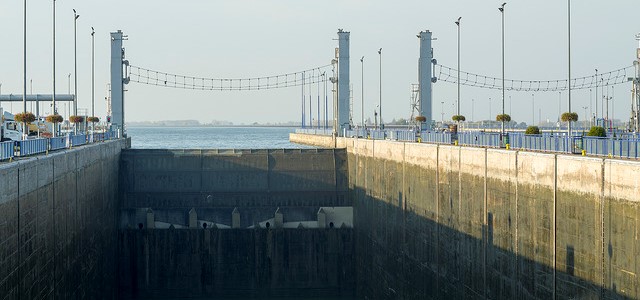Characteristics
Ultimately, water is paid for by tariffs from water users, subsidies (from taxes) from national taxpayers, and/or grants (transfers) from external sources or philanthropists. These three sources make up the basic revenues which can be used to attract (leverage) the repayable sources of finance (see A3.04).
For household, commercial and industrial water services, tariff revenue is the foundation of future cash flows, and will normally be the main source of funding for recurrent O&M expenses. In well-managed services with a good revenue base (e.g. in sizeable urban areas) tariff revenues from user charges should contribute to recovering investment costs too. The situation is somewhat different for irrigation water for farmers, where there is a tradition in many countries for nil or very low charges, offset by a high degree of subsidy. Cost recovery in agriculture has made limited progress in many countries.
Affordability is an important issue in fixing water tariffs (C7.01). Some societies frown on charging for water, while others interpret the human right to water to imply that it should be provided free. However, a pragmatic view is to charge users for the services – the costs of supplying their water, sanitation and wastewater services, provided that these are at a level that does not cause hardship to poorer consumers, nor dissuade them from using services that are essential to public health. The negative impact of tariffs on the poor and less affluent consumers can be mitigated by using progressive tariffs (whose unit rate rise with larger volumes of consumption). Some countries also cover the water bills of low-income households from social security payments or through subsidies.
Tax-funded subsidies can be targeted to specific purposes or to support specific groups of deserving consumers. They may also be included as part of a performance-related agreement between the government and the utility providers. Or else they can be used ex post facto to cover operating deficits as they arise. Government grants and loans on concessional terms are also widely used to fund capital investment. Subsidies may be wrapped into “soft” loans from the government to the service provider, which have the merit of containing signals and incentives necessary to nudge utilities towards greater financial autonomy.
Subsidies (C7.05) are widely used in household and irrigation water services. Although they may serve important social purposes, they are difficult to remove, create subsidy-dependency, lead to wasteful and inefficient use, and impose high and rising fiscal burdens in many cases. Subsidies are often based on political decisions rather than considering economic and financial feasibility.
Transfers originate from external official development aid (ODA), supplemented by national and international philanthropic donations executed through charities and NGOs. ODA is crucial for funding capital investment in the water sector of many poorer developing countries, and in many cases is also channelled through national budgets to support recurrent costs. ODA remains however remains problematic in the sense that donors tend to be selective and make short rather than long term commitments. Tied aid and lack of technical training are also issues of controversy in regards to ODA funding for water infrastructure in developing countries.
In developing and transition countries, international solidarity from non-governmental sources provides significant volumes of grant support for water supply and sanitation projects. A number of large foundations are active in the area, transferring annual sums that rival those of official aid agencies. There is also a multitude of NGOs working mainly at the local project level, many with overseas links, but with others drawing on national charitable, religious and community movements. Recently, a number of companies have also become active in providing water services as part of a corporate social responsibility agenda.
Lessons learned
- As countries become more developed there is a tendency for the share of water financing provided by tariffs to rise, relative to public subsidies. However, this tendency is not universal.
- For countries whose fiscal revenues are precarious and variable (e.g. due to low levels of tax collection, or dependence on the prices of commodity exports) the dependence of water services on subsidies from the national budget is a source of financial uncertainty, which can leave utilities in a hand-to-mouth operating position causing poor levels of service and neglect of essential maintenance. The concept of sustainable cost recovery in the Camdessus Report (OECD, 2003) recognises the continuing importance of public finance for water, but stresses the need to make this a more predictable and reliable source.
- The worst costs and distortions from water subsidies can be avoided or minimised by making them smart – targeted, transparent and (ideally) tapering off over time. The best use of subsidies is to finance new connections, rather than to keep down water tariffs.
- Excessive reliance on external ODA may also create financial uncertainty, due to shifts in aid fashions and budgets. Dealing with a multiplicity of donor agencies can also overwhelm small and overstretched local administrations. The benefits of ODA can be enhanced by making medium term (3-5 year) or even longer term commitments, and by the use of national channels and procedures.

